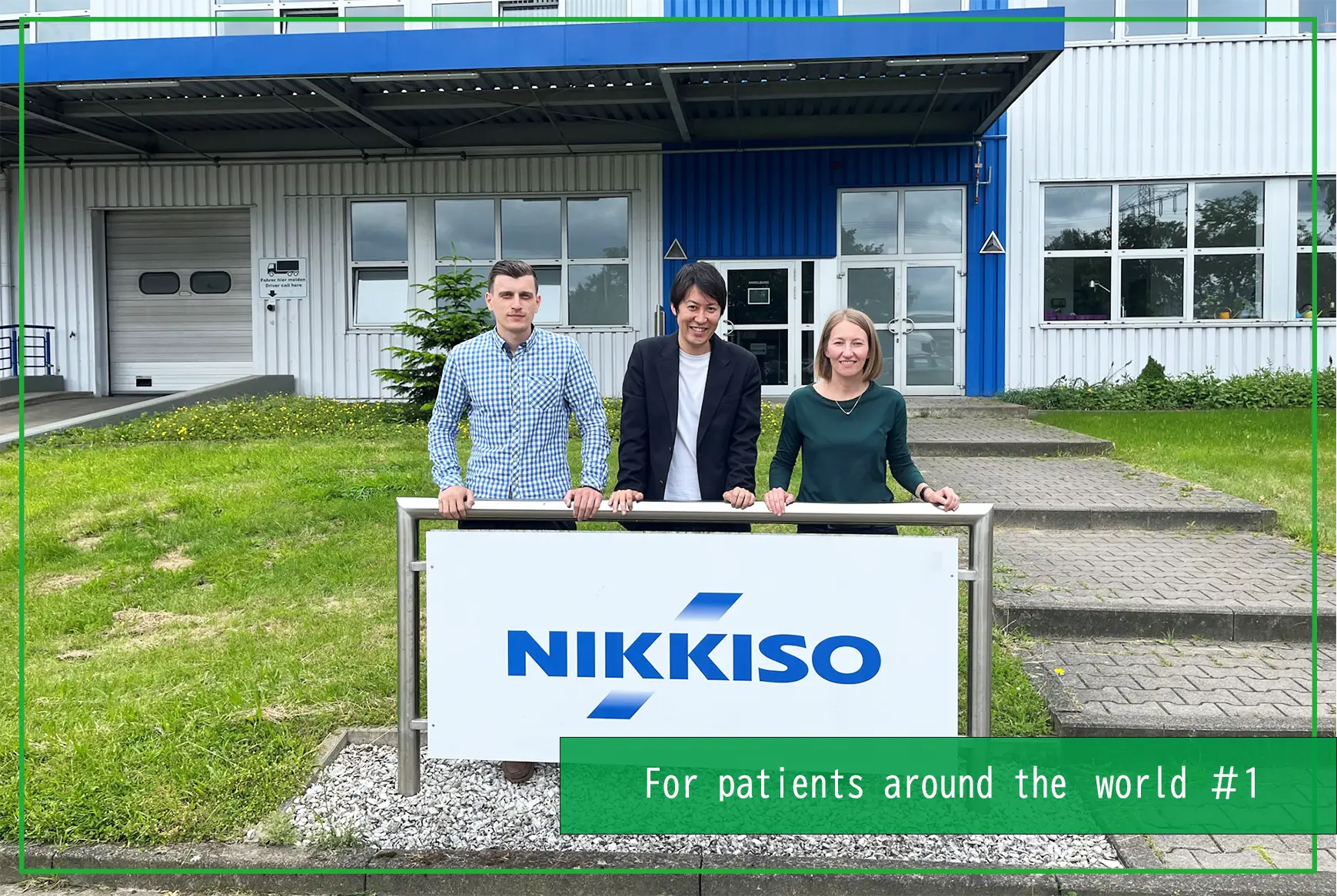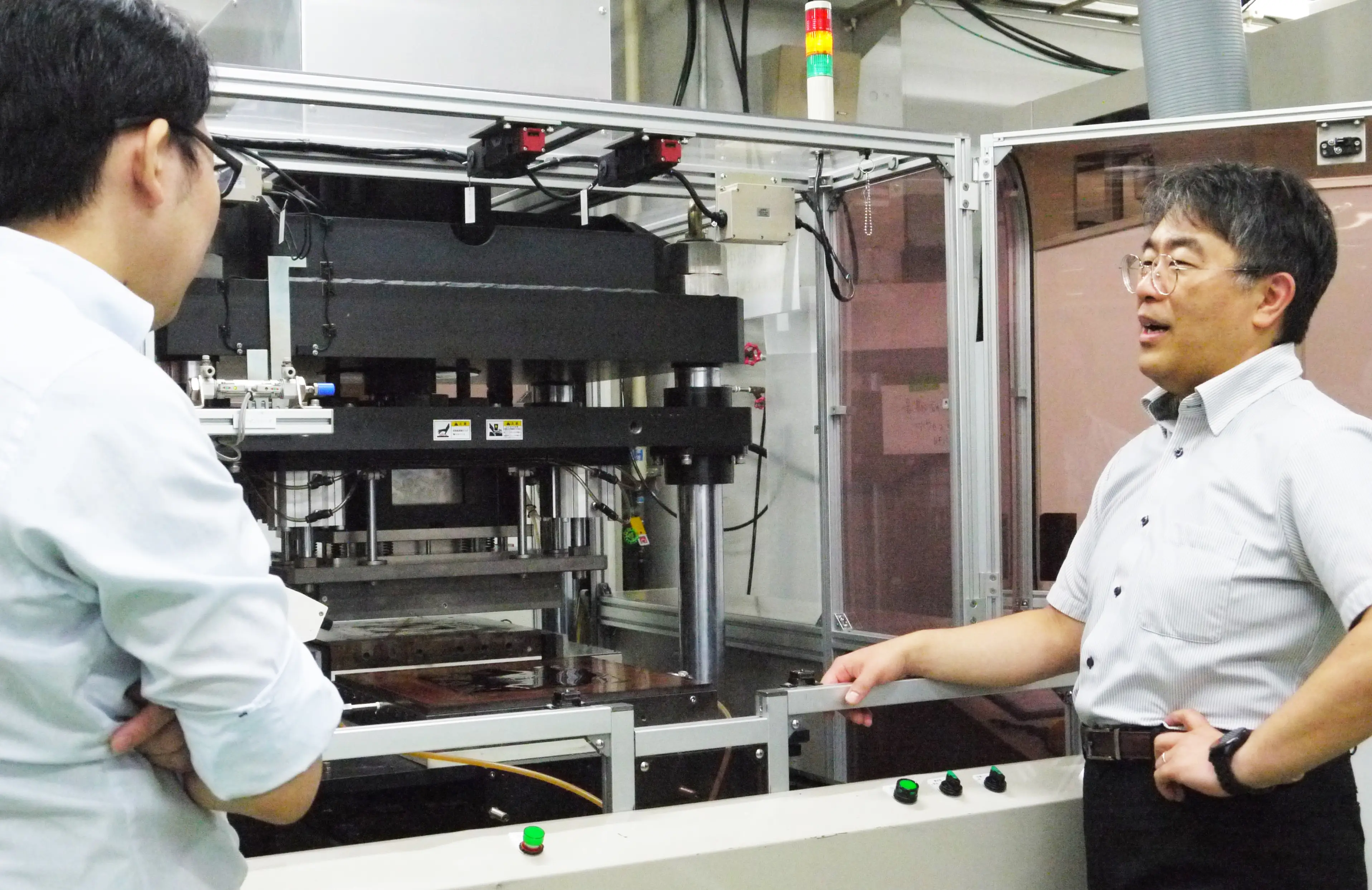NIKKISO CULTURE
2023/12/14
Reflections on Nikkiso’s 70th anniversary [# 1 How it all started]
- Industrial
- foundingstory
- Pump
![Reflections on Nikkiso’s 70th anniversary [# 1 How it all started]](/media/nx5fObpsRg3bMeP9mciCBF6GSehox5TwxvBGaHrW.jpeg)
Index
Nikkiso traces its beginnings back to December 26, 1953, making this year its 70th anniversary.
Nikkiso has grown in step with the Japanese economy ever since the day Keijiro Oto opened the doors of Special Pump Co., Ltd.
This story looks back on the history of Nikkiso. In this first installment, we will introduce readers to the story behind the company’s foundation and the character and management principles of its founder, Keijiro Oto.
The road to establishing Nikkiso
Two top lessons learned during two years in the Navy
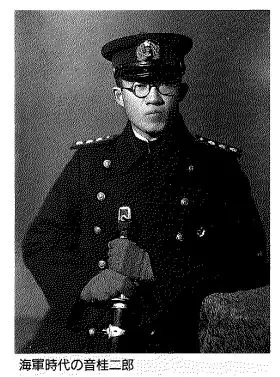
Nikkiso's founder, Keijiro Oto, was born in Tokyo on January 1, 1919, as the second son of Shinkichi Oto. After completing his studies in science at the First Higher School, he went on to study at Tokyo Imperial University as a mechanical engineering major. He graduated immediately after the outbreak of World War II. He then joined the Navy and took on a position as a technical officer who worked with submarines.
Assigned the routine duty of repairing subs, he once had the opportunity to board a German submarine. The vessel opened his eyes to a whole new world of advanced technology being employed overseas. At the time, he was led to believe that Japan's aircraft and submarine technology was world-class. Yet, one glance at the German submarine told a different story. Every last detail was precisely engineered, and the vessel, requiring little repair work, was a wonder to behold.
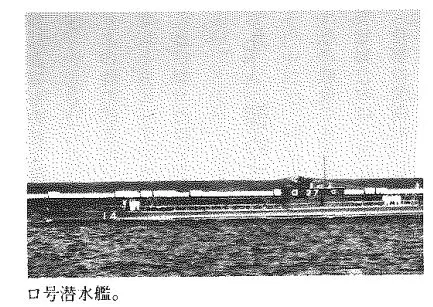
It made a lasting impression on him and sowed the seed for the adoption of foreign technology that would come to fruition later in his career.
During his time in the Navy, he also learned about ion-exchange resins.* These tiny grains that can turn seawater into fresh water once it flows through them would one day transform his life’s work.
Making water treatment his life’s work
Keijiro's naval career came to a close with the end of the war in 1945. After leaving the Navy, he was invited to join Kinsho Trading, a metal trading company that split off from Mitsubishi Corporation due to the dissolution of the zaibatsu after the war.
Working in its newly established machinery division, he began importing superior foreign machinery and selling it to companies in major Japanese industries, including electric power and steel manufacturing.
One day, a colleague asked him to visit Mitsubishi Kasei Corporation with him in the hope of finding something interesting. There, he came across ion-exchange resins* for the second time since his first encounter with them during his time in the Navy.
*Ion-exchange resin: An ion-exchange resin acts as a medium for ion exchange used in water treatment to maintain the quality of water and ensure that it is suitable for its intended use. It releases its own ions into the water and exchanges them with ionic components already in the water to purify it.
Mitsubishi Kasei asked Keijiro to sell these resins at Kinsho Trading for use in water treatment to maintain the quality of the water so that it is suitable for its intended use. As a strategy to sell these expensive resins, he decided to also sell water treatment equipment.
He combined pumps and various other machines to create a complete system with optimal water treatment performance. As he designed and manufactured the equipment himself, he became fascinated by the machines and technologies he used and gradually became more determined to make water treatment his life's work.
Eventually, he decided to leave his job with Kinsho Trading because he realized that he would not be able to fully dedicate his work to water treatment at a corporation that was unable to depart from the trading company model. He approached Mitsubishi Kasei and asked them to launch a joint venture specializing in water treatment with Kinsho Trading.
At this new company, Nippon Rensui, Keijiro was determined to focus on water treatment work. However, he decided to leave the company after about a year as he found himself at odds with the board members, who saw the water treatment business merely as a vehicle for selling ion exchange resins.
Founding Special Pump Company with his father
 Keijiro Oto and his father Shinkichi just after the company was founded
Keijiro Oto and his father Shinkichi just after the company was founded
After his dream of turning the company into an integrated water treatment manufacturer was dashed, Keijiro left Nippon Rensui and decided to start his own company with his father, Shinkichi, in 1953. The company, Special Pump Company, would later become Nikkiso. The first thing he did at Special Pump Company was import and sell specialty pumps as well as plan, manufacture, and service boiler water treatment equipment.
As he built the equipment, the pump proved to be its beating heart and the key to quality. Proper water quality control required a quality pump with the capability to draw and inject a specified amount of chemicals.
Keijiro wanted his equipment to use top-notch specialty pumps made by Milton Roy, a US company he had dealt with when he was working at Kinsho Trading, so he wrote to the company to negotiate a deal. In response, he received a yes accompanied by words of encouragement from Milton Roy and obtained the right to distribute its pumps.
It’s no easy task for a small company starting out with only two employees to get distribution rights from a world-renowned pump company.
However, it was the in-depth knowledge about Milton Roy pumps that Keijiro had gained as an engineer at Kinsho Trading and his dedication to making sure the pumps were used the right way by all its customers that convinced Milton Roy Sheen, the company's president, to give him the green light. It was also later discovered that Sheen saw parallels between Keijiro’s career and his own. Both Special Pump Company and Milton Roy were founded by father and son duos.
In this way, Keijiro started doing business with his father at the new company with the support of Sheen, the first person who gave him a chance to start over.
Taking a step toward domestic production via a technical partnership with Milton Roy
 The first Milton Roy pump made in Japan
The first Milton Roy pump made in Japan
Special Pump Company was able to make a sufficient profit from importing and selling Milton Roy pumps alone due to the public recognition of their excellence, but Keijiro did not stop there.
The company couldn’t keep on importing products forever. It would have to start making pumps in its own backyard if it hoped to remain competitive in the Japanese market. He also thought that getting ahead of the made-in-Japan curve would give the company a leg up in the market where everyone was still keen on imports. That’s why he decided to shift gears and focus on entering a technology partnership with Milton Roy that would allow him to produce its pumps in Japan.
Then, in 1954, when the company was only two years old with 4 million yen in capital and just 3 employees, Keijiro approached Milton Roy about a technology partnership. At the end of the day, they sealed the deal. A partnership was forged on the condition that Special Pump buy production drawings from Milton Roy and continue to import parts that could not be produced in Japan.
At the time, it was very rare for a company of such small stature to apply for a technology partnership with an American company, and it is likely to have paved the way for other small companies to follow in its footsteps.
The birth of Nikkiso
Keijiro originally came up with the name Special Pump Company on the spur of the moment because Milton Roy pumps were special.
As the company’s business grew, it started generating more than half of its sales from water-conditioning systems and getting orders for new equipment such as automatic furnace systems. Now that its operations had grown so far afield from the name, Keijiro renamed it Nippon Kikai Keiso.
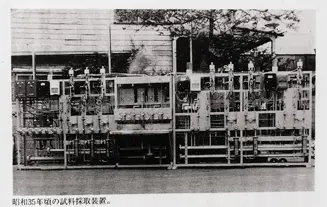 Equipment for thermal power plants (sampling system) sold around 1960
Equipment for thermal power plants (sampling system) sold around 1960
The word “keiso” was coined as a translation of the English word “instrumentation,” which Keijiro described as follows:
| “In the case of an orchestra, the players of each instrument needed for a performance are seated in designated places, and they play their instruments in a clockwork fashion at the conductor's direction. This is what makes an orchestra work. In the same way, in order to fulfill the specific purpose of a process, the necessary instruments and devices (like musical instruments) are placed in appropriate places and perform their intended tasks according to a prescribed plan (like the direction of a conductor). This is ‘keiso.’” |
The word “keiso” represents Keijiro’s belief that a single outstanding product is not what makes a company strong. Rather, it is the technology needed to create a piece of equipment by combining various machines, whether they be made at his company or another, domestic or imported.
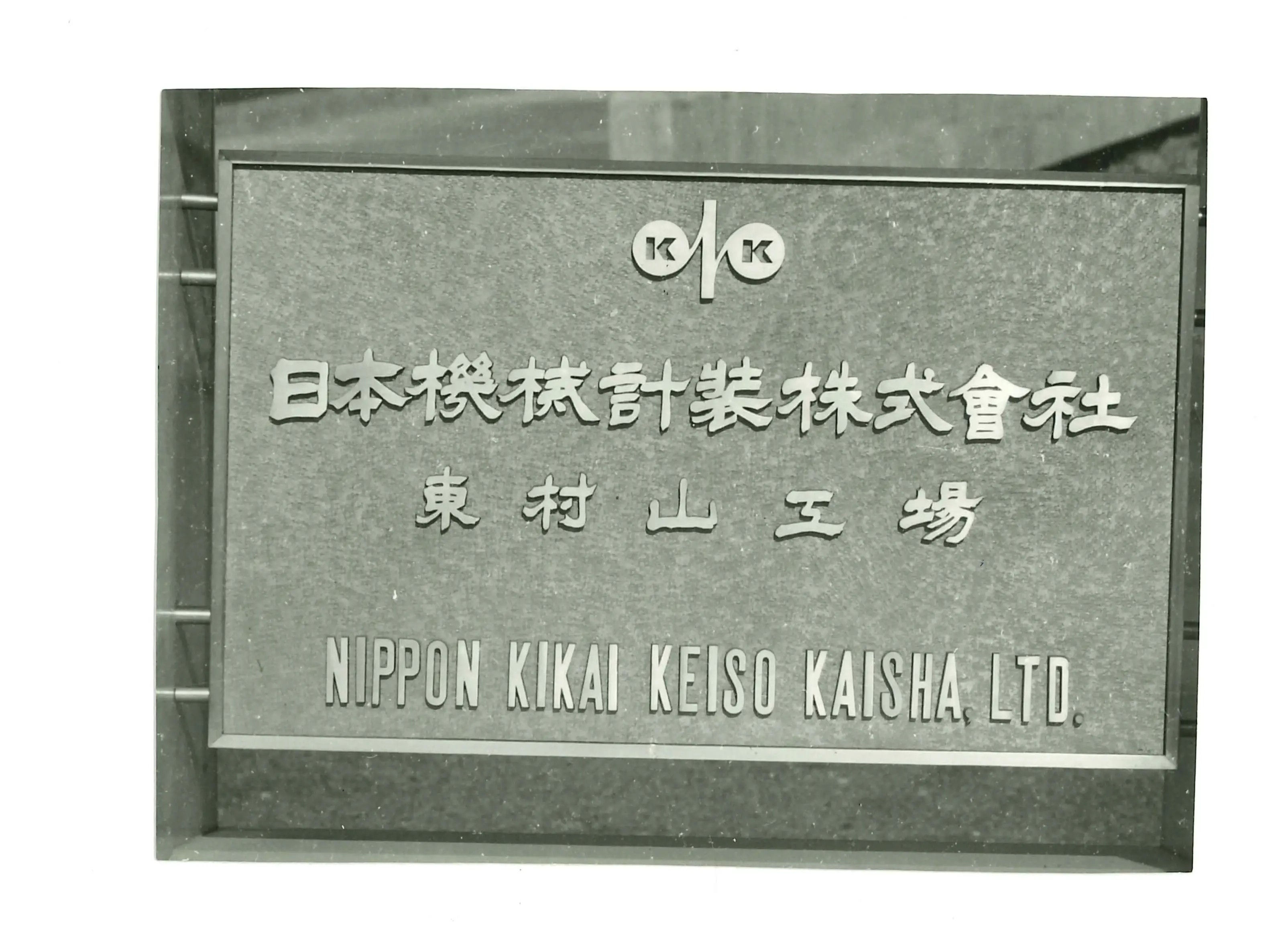 That’s why he named his company Nippon Kikai Keiso. However, Keijiro had no intention of using this long name forever. He planned to eventually change the company’s official name to the abbreviated form “Nikkiso,” which was easier to remember and say, and from the start, he had instructed telephone operators and sales reps to use this name to impress it on customers.
That’s why he named his company Nippon Kikai Keiso. However, Keijiro had no intention of using this long name forever. He planned to eventually change the company’s official name to the abbreviated form “Nikkiso,” which was easier to remember and say, and from the start, he had instructed telephone operators and sales reps to use this name to impress it on customers.
Founder Keijiro Oto’s vision for Nikkiso
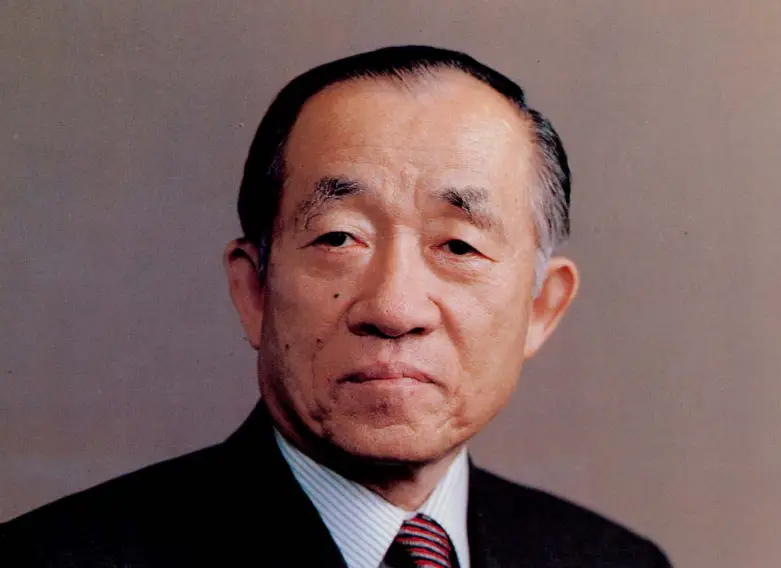
Keijiro, who had left Nippon Rensui due to a difference in viewpoints, believed that inconsistencies in a company’s fundamental purpose and philosophy always led to problems. He believed his company should clearly spell out its fundamental philosophy, policies, and purpose and bring together people who were on the same page.
From day one of the company, Keijiro had a perspective that is similar to that of today’s corporate management, which is based on a mission, vision, and purpose. Let’s look at some of his beliefs.
Corporate realism—a manager is like a captain
Keijiro's concept of management was based on his theory of corporate realism.
| “An individual has a life span, but a corporation can last much longer than an individual if it is managed well. In this regard, it is wrong to think of a corporation as the private property of an individual as it was in the past. It is more reasonable to think of a manager as simply the head of the corporation at a specific point in time.” |
Keijiro believed that a company should be viewed as an entity with a personality just like an individual. Otherwise, it would be difficult to deal with the complex events that surround it.
He compared the entity to a ship and ran the company under the idea that the manager is a captain who leads the ship to its intended shore, successfully avoiding obstacles in its path.
The five principles of management—a summary of Oto’s ideas
In March 1961, Keijiro established Nikkiso’s five principles of management.

First, he touched on technology in Principle 1, “Provide customers with excellent products, excellent technology, and excellent service,” in the hope that the company would be highly regarded for its technology.
From the moment the company was born, Keijiro had an undying passion for technology. Back then, in Japan, the prices of machines were often determined by weight, but he emphasized the value of the technology itself. He also developed a business model in which customers pay a technical guidance fee for the technology required to build equipment. He insisted that if the company was to receive a technical guidance fee, it must always possess a high level of technology and the ability to develop new technologies, which is the value of its existence.
Keijiro’s idea of “excellent service” was to ensure that products made with such attention to technology fully serve the intended purpose of customers at the point of use. As such, he clearly stated in this principle that such service is an indispensable factor in how products and technology are regarded.
Principle 5, “A company must be aware that it is a public organ of society and aspire to contribute to promoting the welfare of the general public,” expresses a company’s responsibility to society.
Keijiro felt a sense of pride that he was contributing, however modestly, to Japan's industrial development, because of the nature of the customers who used Milton Roy pumps, which were the reason for his work. These customers included electric power companies, which provided some of the most important public utilities, as well as companies in the chemical industry, which were leading players in Japan's industrial development.
Since Nikkiso started out as such a meaningful business, he wanted to always work for the benefit of Japanese society and improve the welfare of people, directly or indirectly, for as long as the company existed.
Still at the heart of Nikkiso today is the spirit of the five principles of management, which incorporate these ideas of Keijiro’s.
Growing together with society
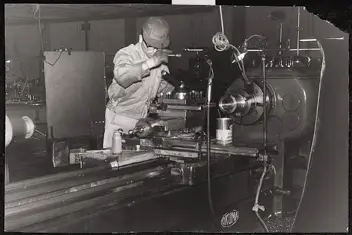 Higashimurayama Plant in its early days
Higashimurayama Plant in its early days
Built from the ground up by Keijiro, a man driven by his passion for technology and the desire to create a company dedicated to that passion, Nikkiso went on to achieve significant growth with the support of its customers against a backdrop of rapid economic growth and the energy revolution in postwar Japan.
As more thermal power plants were built across the country in step with its economic growth, demand for related equipment and technology also surged. At the time, there were a host of companies engaged in boiler-related businesses, but those specializing in water quality management were scarce. That’s why demand for Nikkiso's water-conditioning systems skyrocketed.
Later, when the energy market shifted from coal to petroleum, it spurred the construction of a number of petrochemical plants in Japan. Nikkiso began domestic production of canned motor pumps* required for these plants using the manufacturing technology of a company introduced by Milton Roy, greatly expanding its business along with the development of the petrochemical industry.
*Canned motor pump: A canned motor pump is a leak-free pump ideal for transferring hot or hazardous liquids.
This article sheds light on the story behind Nikkiso’s foundation and the ideas of Keijiro Oto.
The second installment will look at the story behind the inception of Nikkiso’s Medical Division, which leads the way in dialysis care in Japan. Part two will also provide a historical glance at Nikkiso’s other divisions while examining its overall technological strengths. Read on and discover how the passion of the company’s founder, Keijiro Oto, continues to inspire Nikkiso today.
Pickup
-
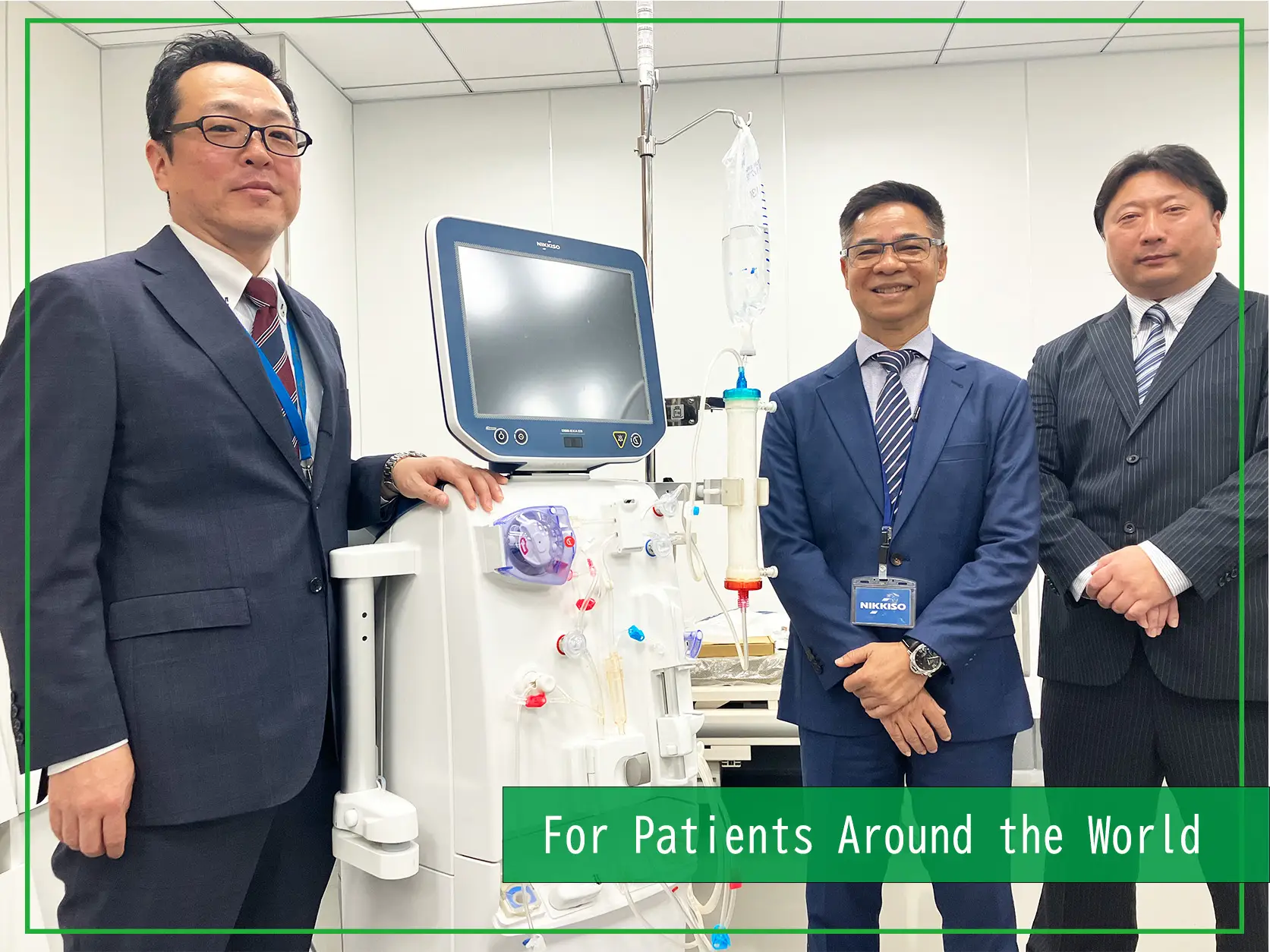 MEDICAL FIELD
MEDICAL FIELD
Empowering Asia’s Expanding Dialysis Treatment with Nikkiso’s Advanced Technology and Comprehensive Support
- Hemodialysis
- Interview
- Medicalbusiness
2025/10/30
-
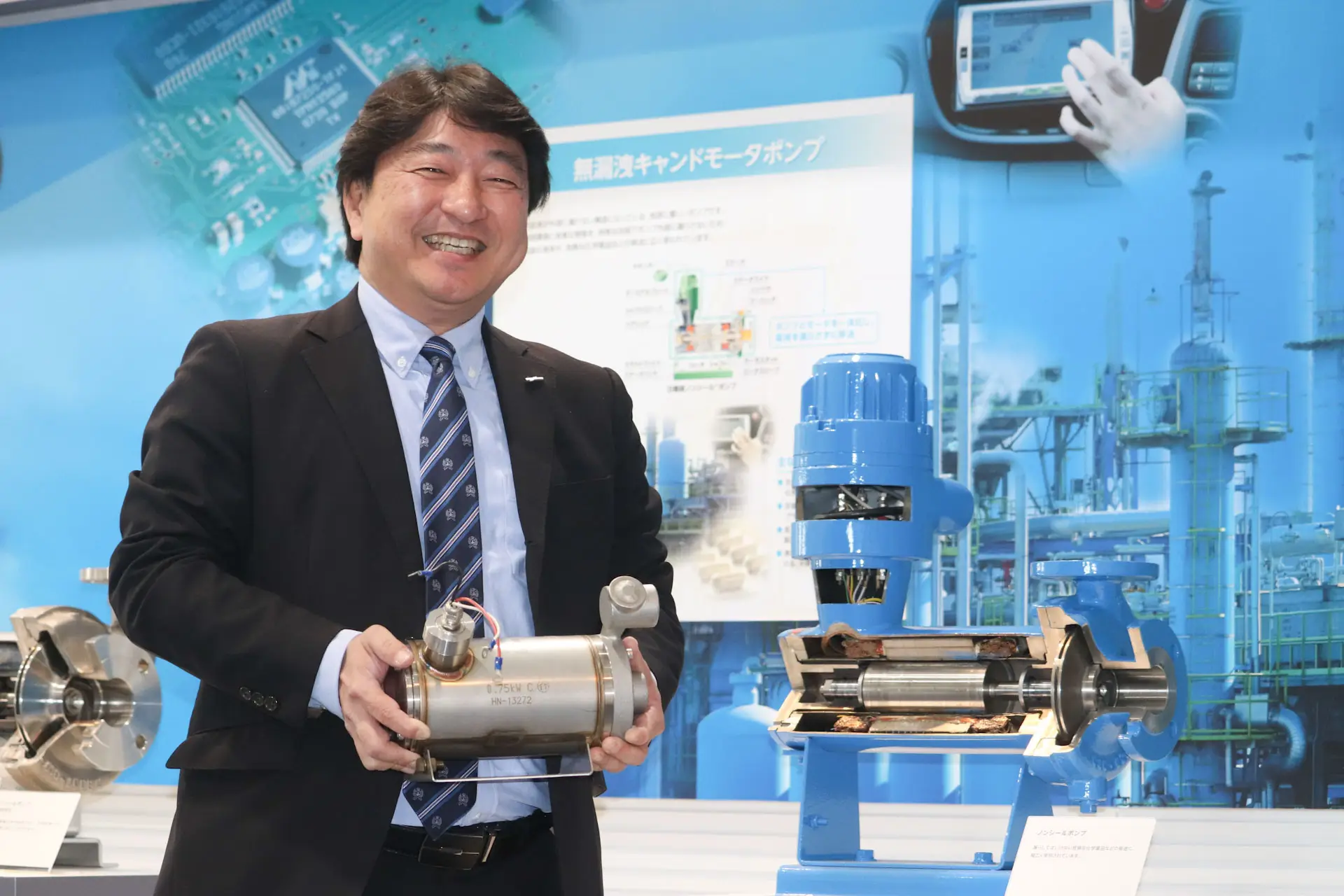 MANUFACTURING
MANUFACTURING
Pumps also actively used in semiconductor manufacturing: 20 years of history of compact, high-speed canned motor pumps
- Technology
- Interview
- Pump
- Semiconductor
2025/05/21
-
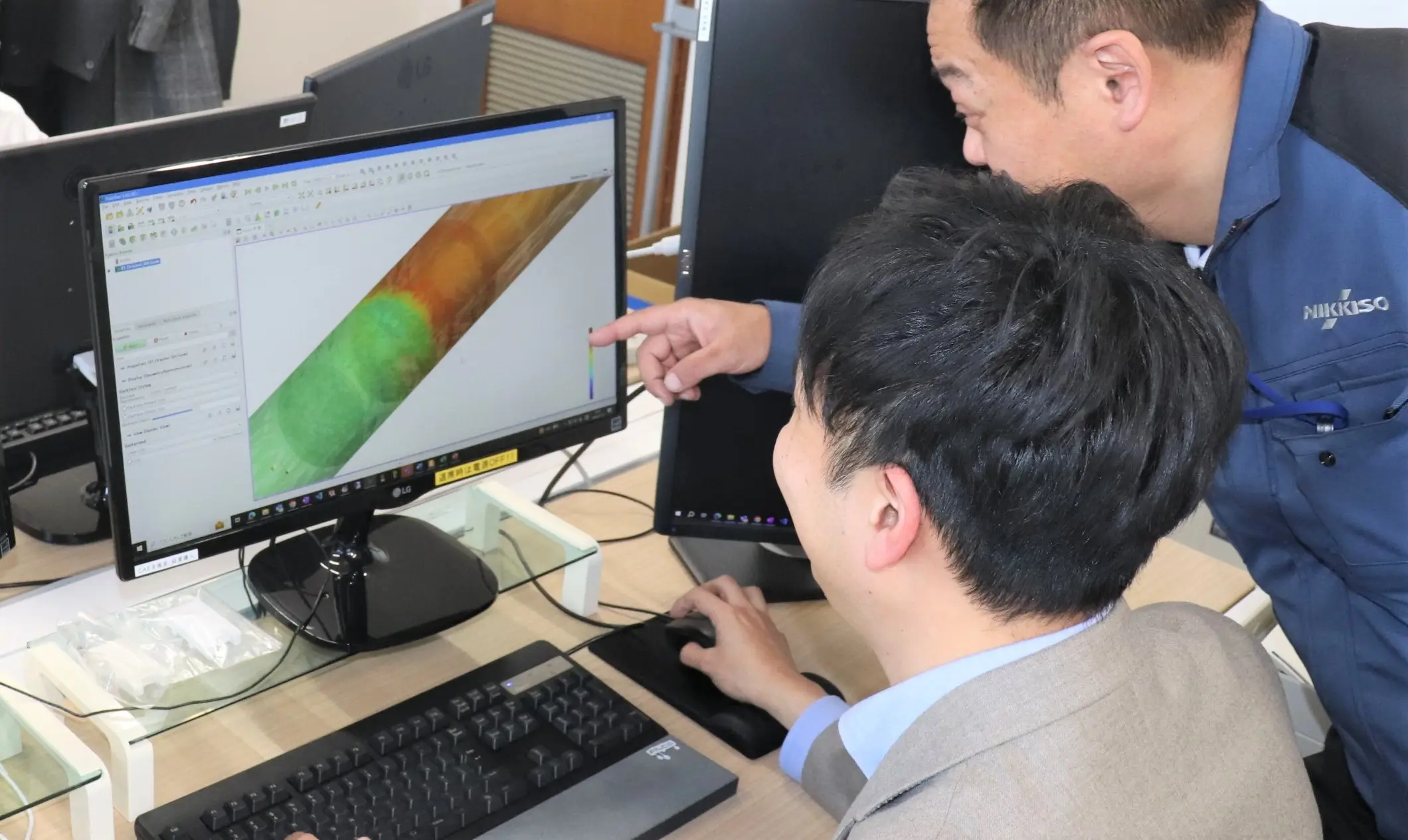 MANUFACTURING
MANUFACTURING
Nikkiso's DX initiatives: CAE Support Department continues to evolve, aiming to eliminate dependence on the skills and expertise of specific people
- Technology
- Interview
2025/04/09
関連記事
-
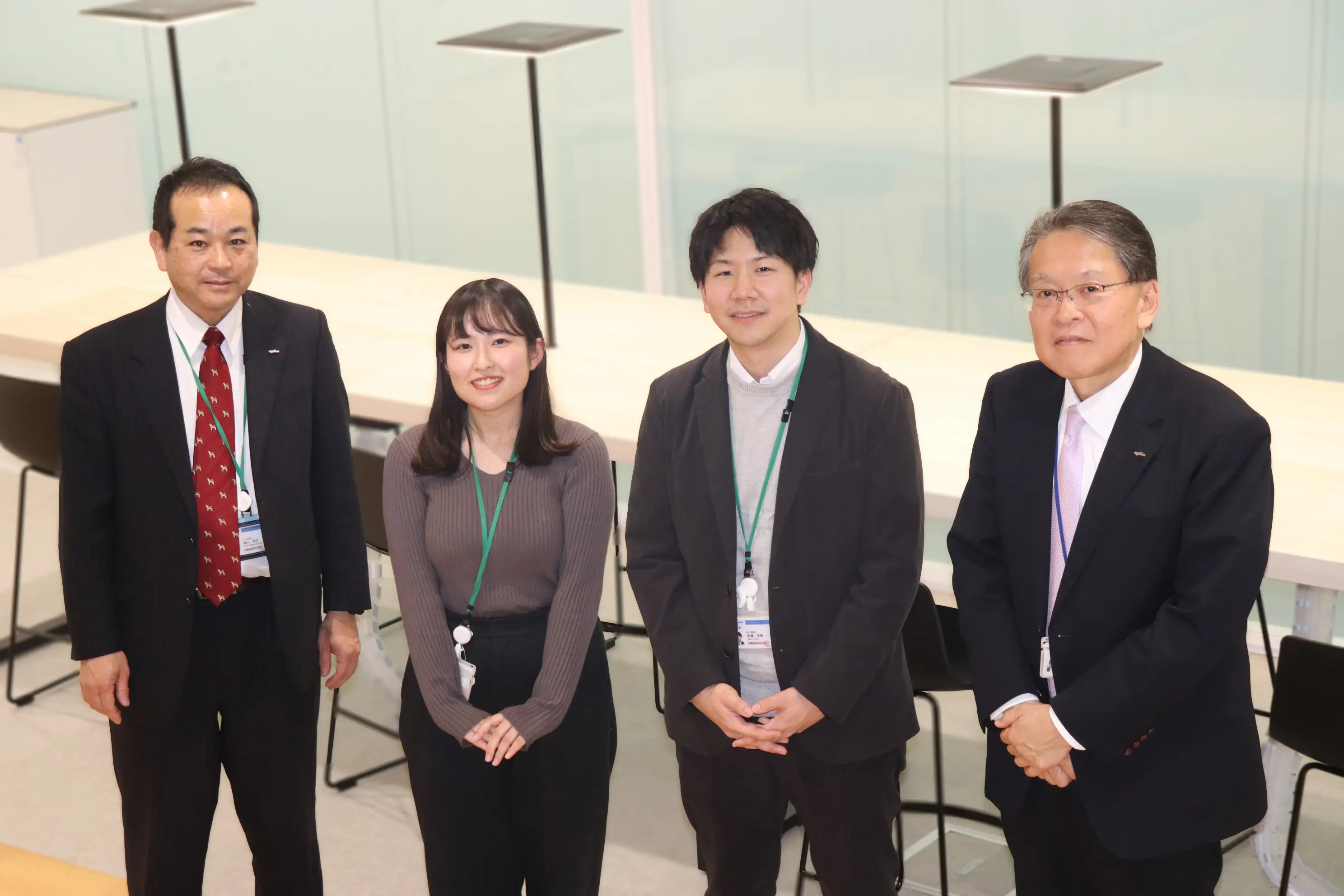 NIKKISO CULTURE
NIKKISO CULTURE
The Nikkiso Institute of Research and Technology tackles research and technological development which transcends business boundaries and takes on the challenge of creating innovation
- Interview
- Technology
2024/12/27
-
![Reflections on Nikkiso’s 70th anniversary [#2 Venturing into the medical and aviation fields]](/media/grOL3JbxeQ2KWMz1v6Qq5s8pQkF5F2t4YdLbyvaq.jpeg) NIKKISO CULTURE
NIKKISO CULTURE
Reflections on Nikkiso’s 70th anniversary [#2 Venturing into the medical and aviation fields]
- Medicalbusiness
- Aerospace
- foundingstory
2023/12/20
-
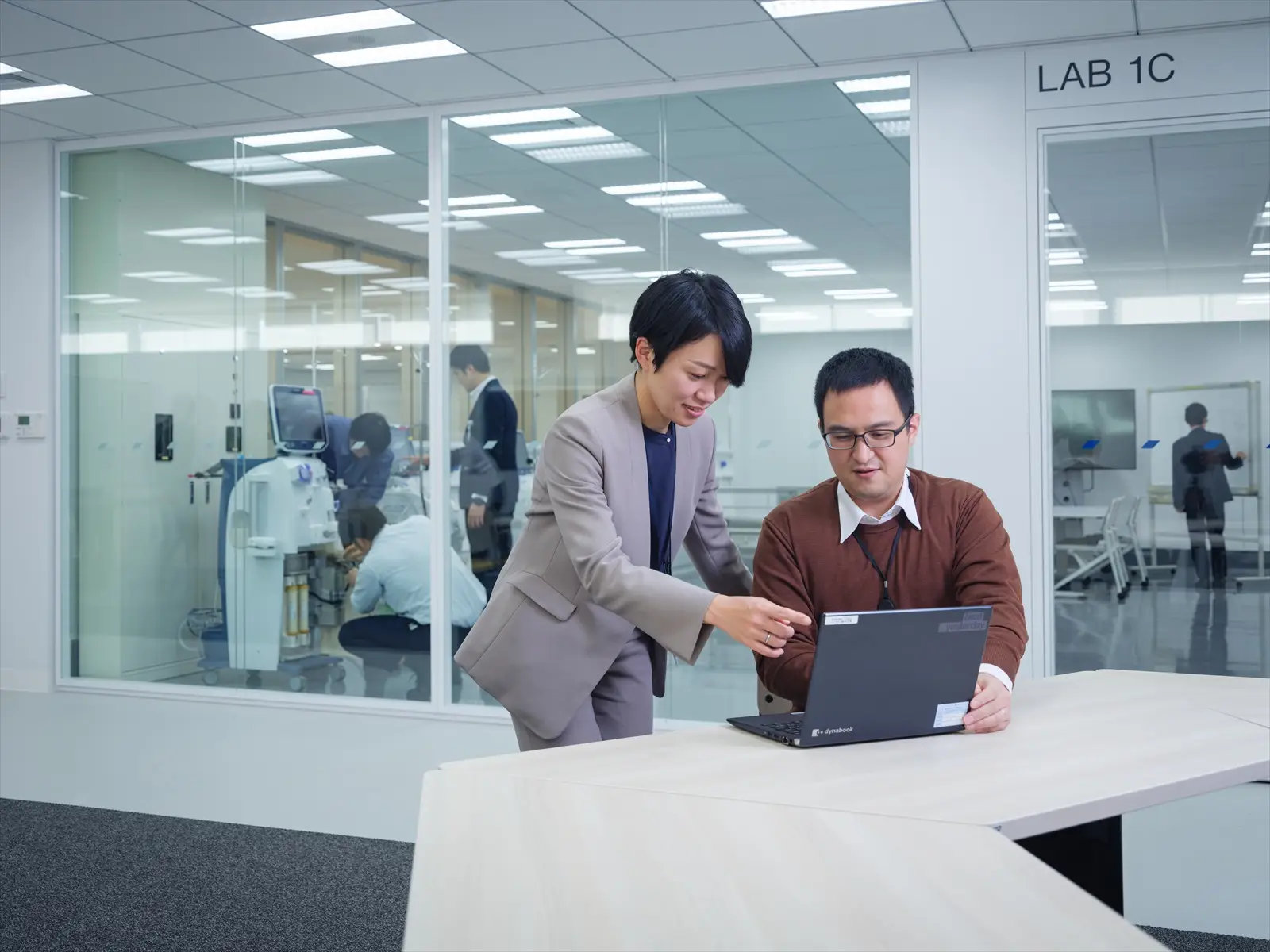 NIKKISO CULTURE
NIKKISO CULTURE
Creating even more Nikkiso innovations with the establishment of the Medical Technology Center
- Interview
- Technology
- Hemodialysis
- Medicalbusiness
2023/11/07
-
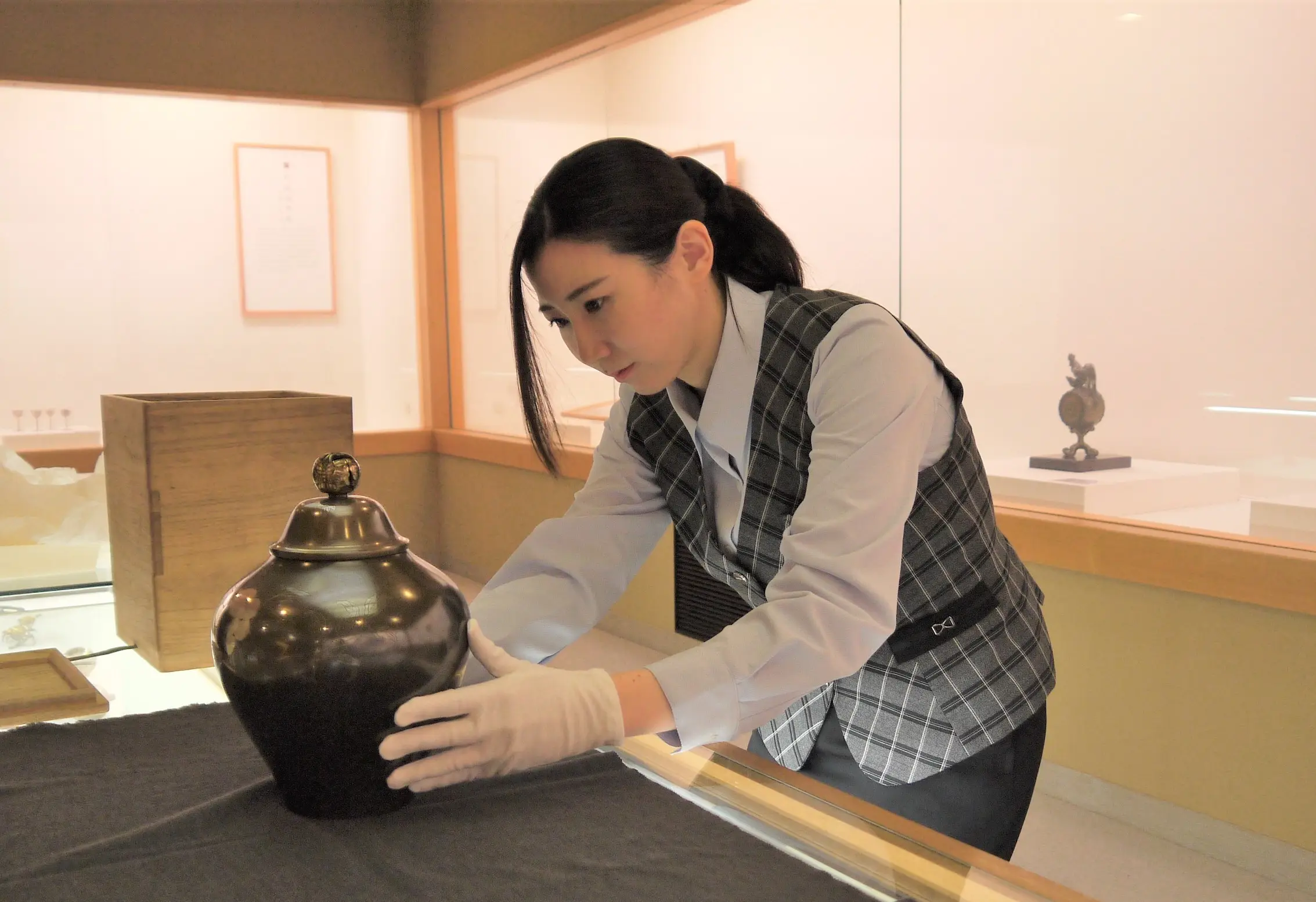 NIKKISO CULTURE
NIKKISO CULTURE
Nikkiso Arts and Culture Sponsorship Activities: For the Preservation and Promotion of Kaga Inlay
- Kaga-inlay
- Interview
2023/02/28




